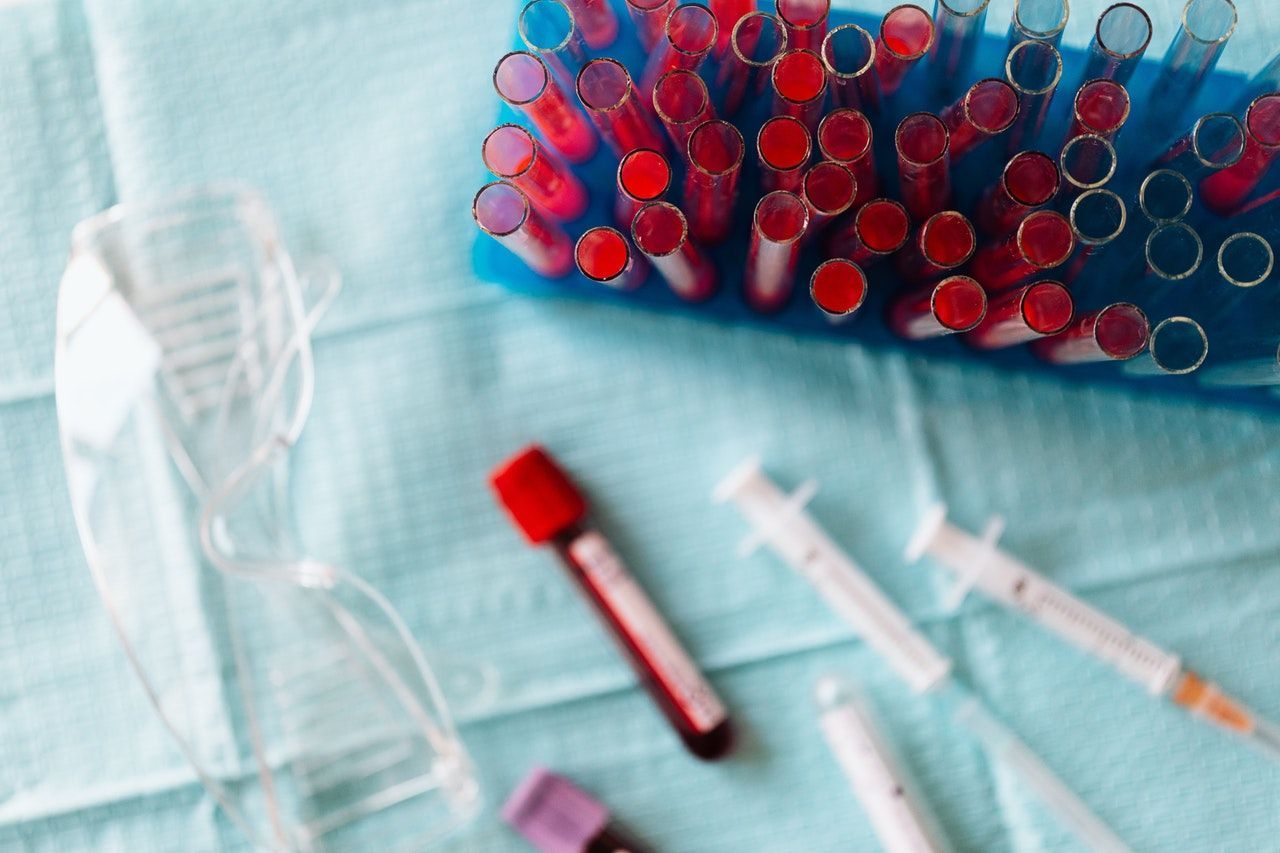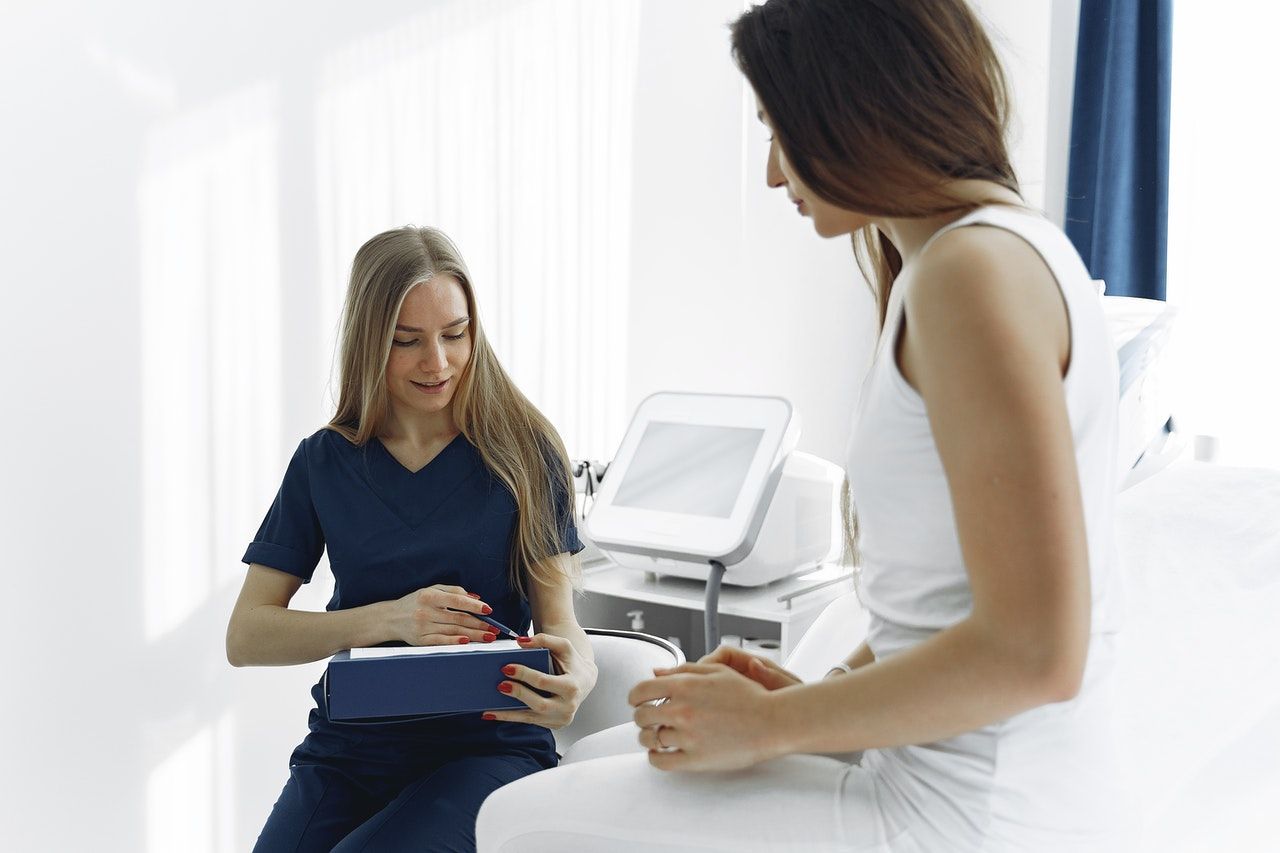
Peak Expiratory Flow Rate (PEFR)
Peak Expiratory Flow Rate (PEFR) or peak flow measures how fast a person can exhale from their lungs. It is measured with a device called a peak flow meter, and is useful in measuring the degree of obstruction in the airways. Patients with airway disease such as asthma can often monitor their own readings to help with their treatment. This station requires good communication skills, a clear understanding of the technique and background clinical knowledge of airway diseases. The majority of the marks are given for effective communication, checking patient understanding and summarising.
Introduction
1. Wash hands
Wash your hands using the Ayliffe technique
2. Introduce yourself
Introduce yourself and give your name and grade
3. Check patient details
Clarify patients identity by confirming name and asking for their DOB
4. Describe procedure
Explain what you will be performing and what it involves
5. Gain verbal consent
Procedure
Explore the patient's understanding of their disease (asthma) and need for regular monitoring of their peak expiratory flow rate (PEFR), especially when they have an asthma exacerbation. Explain the procedure to the patient step by step:
1. Place a new mouthpiece on the peak flow meter.
2. Ensure peak flow marker is set to zero.
3. Sit up straight or stand up.
4. Hold the peak flow meter horizontally.
5. Take a deep breath in.
6. Place lips around mouthpiece and form a good seal.
7. Breath out through the mouthpiece as hard and as fast as you can.
8. Record the reading from the meter.
9. Do a further 2 attempts.
10. Record the highest of the 3 readings into your asthma diary.
11. Demonstrate the steps above by measuring your own PEFR.12. Ask the patient to demonstrate how they would do it themselves. Ensure that any mistakes are corrected and they have a good understanding of how it is performed.
End of procedure
1. Ask the patient if they have any questions.
2. Summarise
a) Highlight key take home messages
3. Signposting
a) Provide reliable source of further information e.g www.asthma.org.uk (free asthma diary).
b) Patient.co.uk for information leaflets.
4. Thank patient
a) Let the patient know you have finished and thank them for their time.
Doctor Khalid Newsletter
Join the newsletter to receive the latest updates in your inbox.




